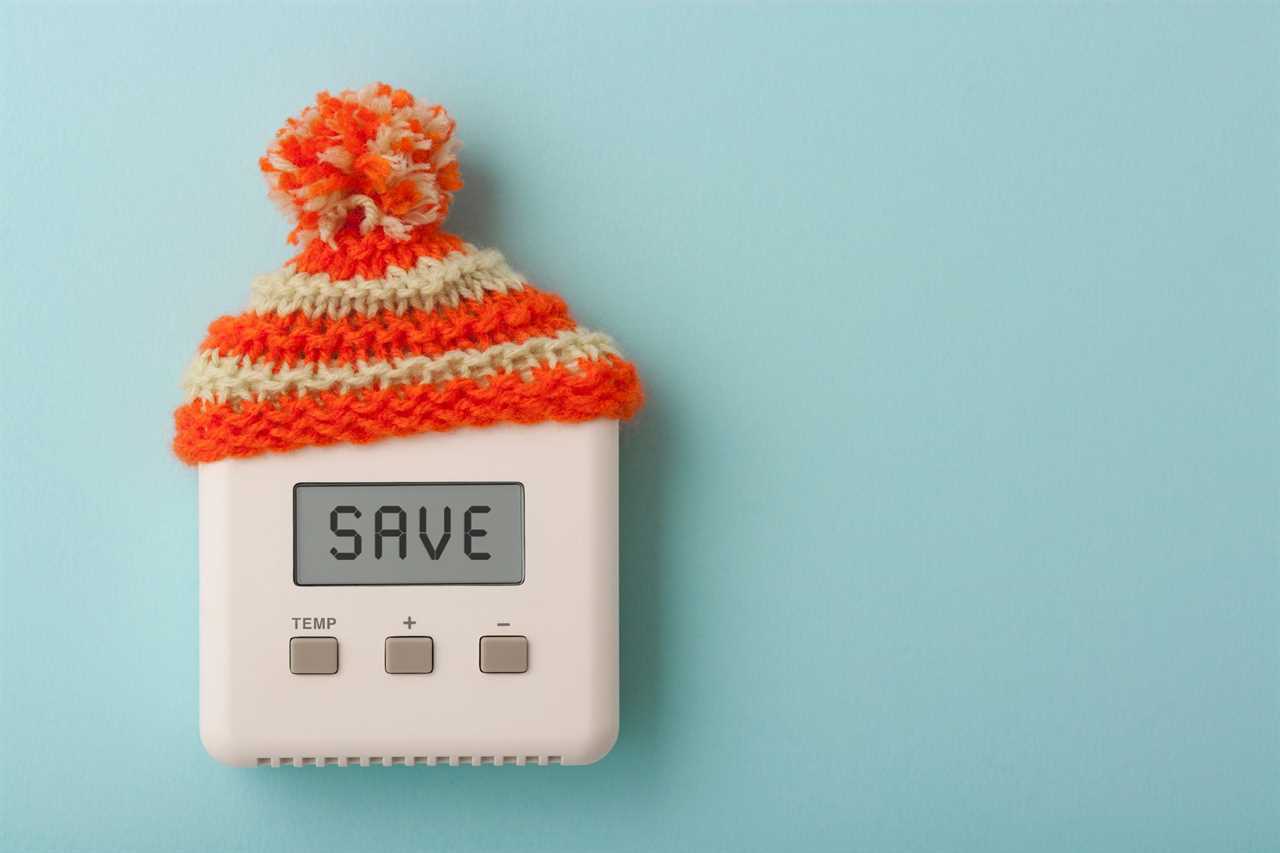With winter coming, many folks are thinking about energy costs. Most residential heating fuels are more expensive than ever before, and that’s one reason it makes sense to lower your monthly heating bill as much as reasonably possible. There are lots of ideas floating around on how to do this, and one of the most popular is closing heating vents in unused rooms.
The idea is that fewer open vents mean less heat demanded from your forced air furnace or heat pump—and a correspondingly lower bill. At first glance, this seems to make sense. After all, if less heat is demanded, less heating fuel is burned, right? Sort of. Trouble is, this hack doesn’t work nearly as well as many people think. In fact, it barely works at all. Keep reading to learn why, and what you can do instead.
Why Closing Heating Vents in Unused Rooms Doesn’t Work

It’s technically true that a warm indoor space loses heat more quickly the greater its temperature difference is from the outdoors. On the surface, this seems like an argument in favor of closing heating vents in unused rooms. But in practice, you won’t lose significantly more heat from a room whether the heating vent supplying it is open or closed. The difference is negligible. You’d only lose heat at a significantly faster rate if you were heating your room so hot it wouldn’t be comfortable or even livable. There are also some significant disadvantages to closing heating vents in unused rooms.
- Stagnant air. If you’re going to close heating vents, you’ll probably also close the doors of the rooms those vents supply. This will lead to a lack of ventilation and stagnant air which will almost certainly trigger window condensation. The cooler the air, the more likely window condensation is to form. Eventually, this condensation will cause mold, mildew and poor air quality in your house.
- Less efficient heating. Forced air heating systems are designed to take cool, unheated air from your house via cold air ducts, heat that air, then force it back into your home via warm air ducts. There are always fewer cold air ducts than warm air ducts, to achieve the correct balance of energy exchange. When you close vents in unused rooms, you restrict airflow to any cold air return ducts in those rooms, ultimately lowering the efficiency of your furnace significantly.
What to Do Instead
- Add insulation. Many homes, even modern homes, lack proper insulation. If yours is one of them, improving the insulation in the walls and roof will do far more good to your finances this winter than closing a few heating vents. In fact, the EPA estimates that properly insulating and air sealing your house leads to average energy savings of 15%.
- Maximize heating system efficiency. Improve the performance of your heating system by making sure it’s fully serviced, all filters are cleaned regularly, etc. If your heating system is old, replacing it with a more efficient model makes sense, and will definitely lead to energy savings.
Did you miss our previous article...
https://rsssuperfeeds.com/life-hacks/a-beginners-guide-to-wood-inlay






